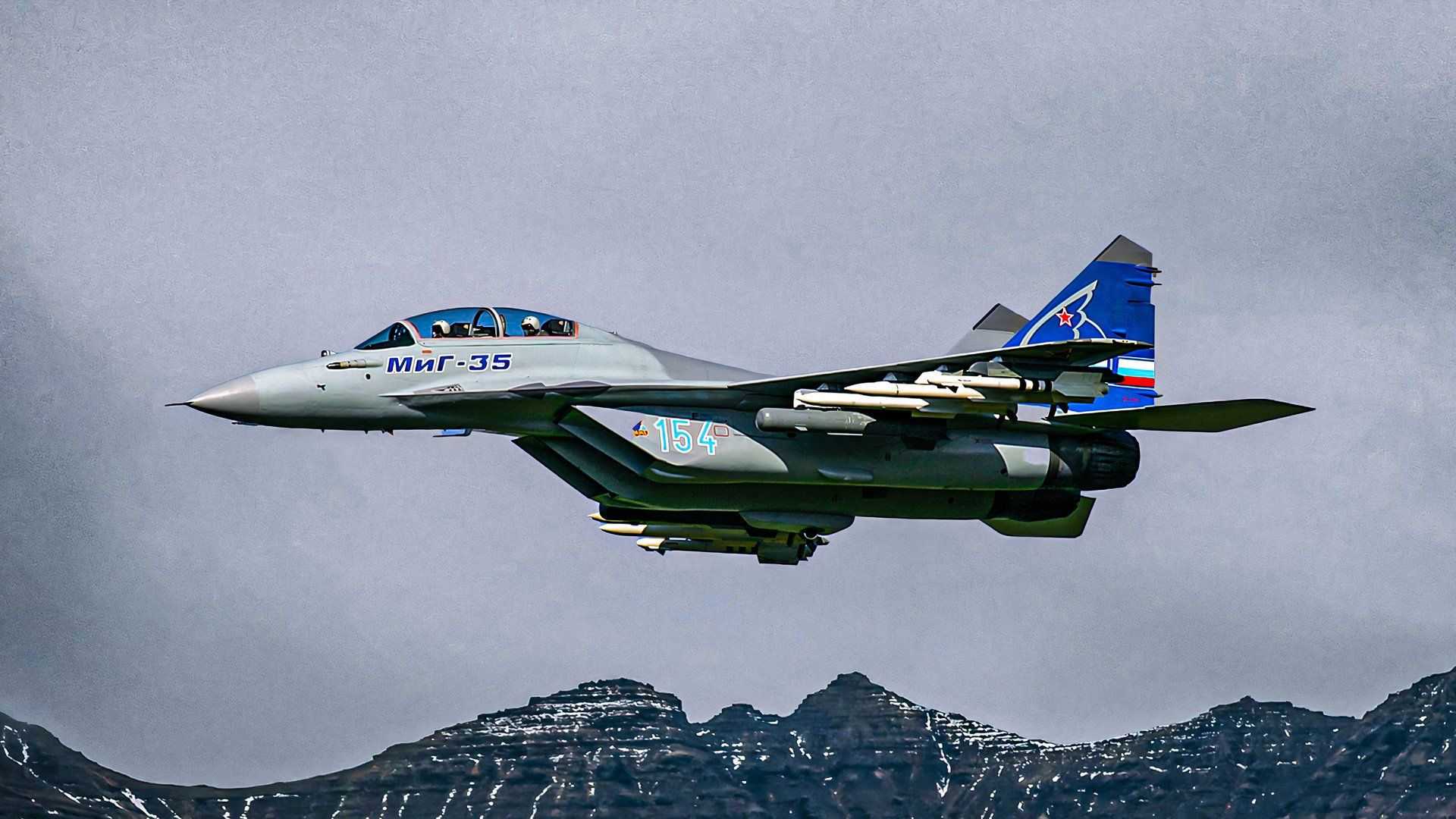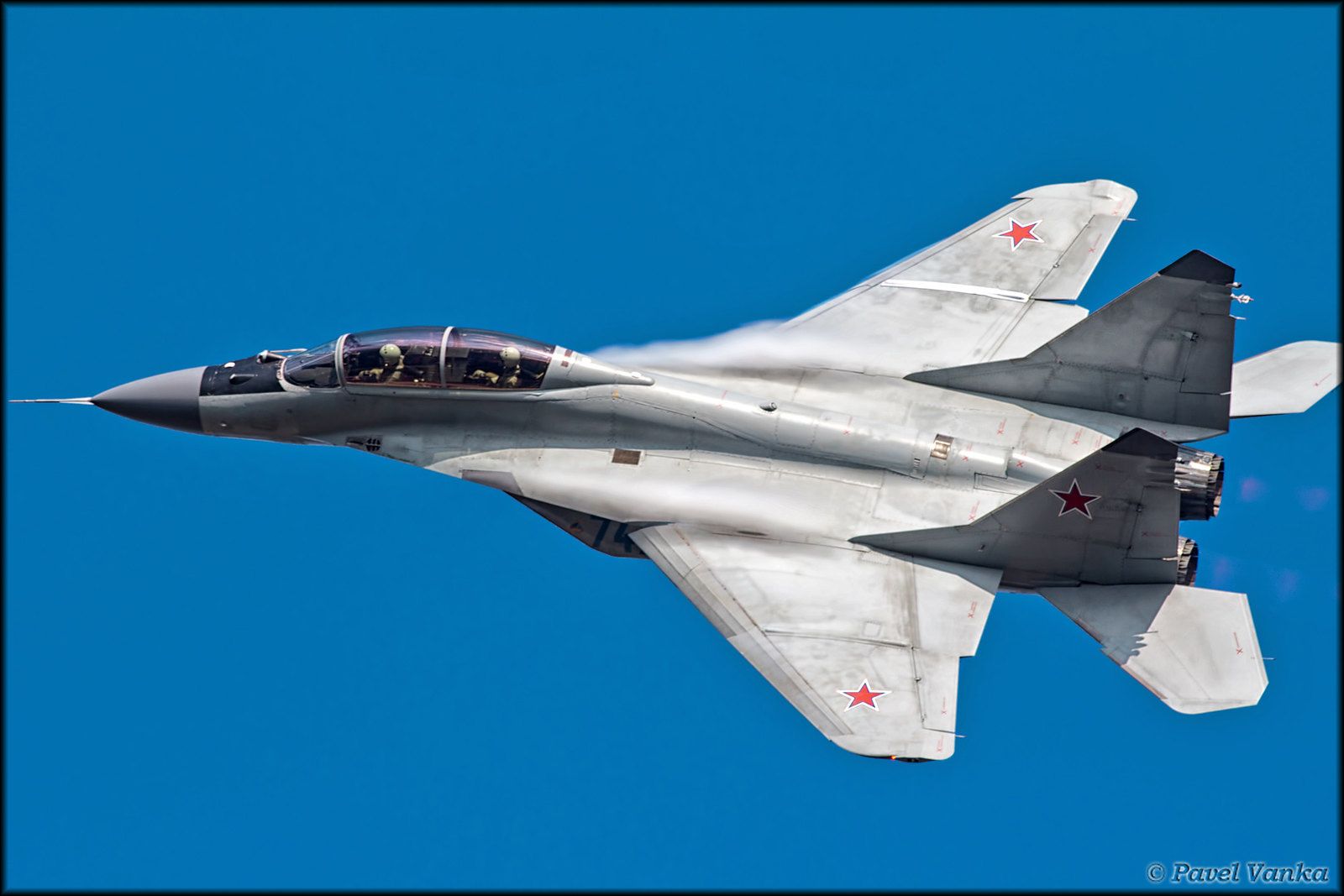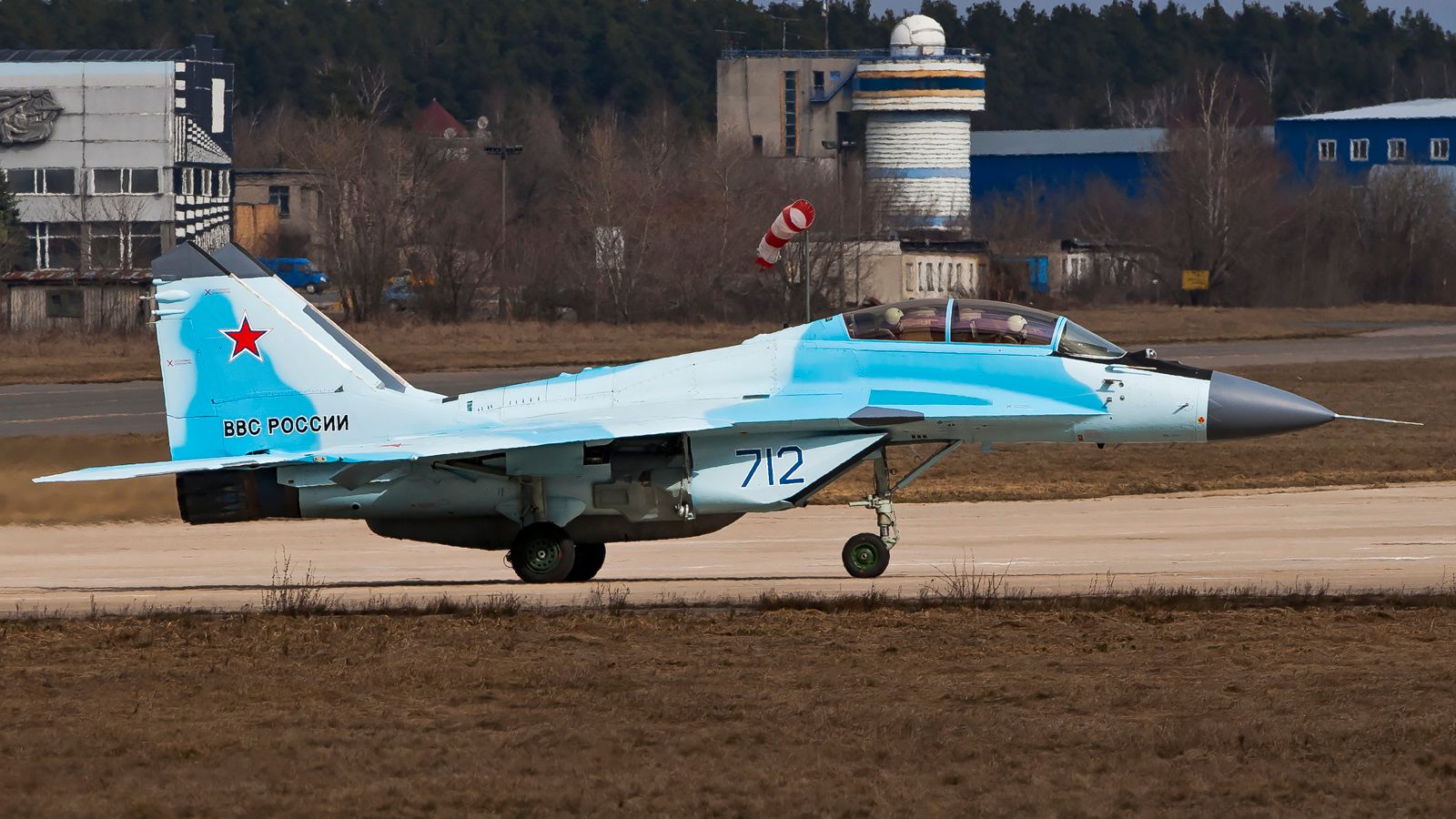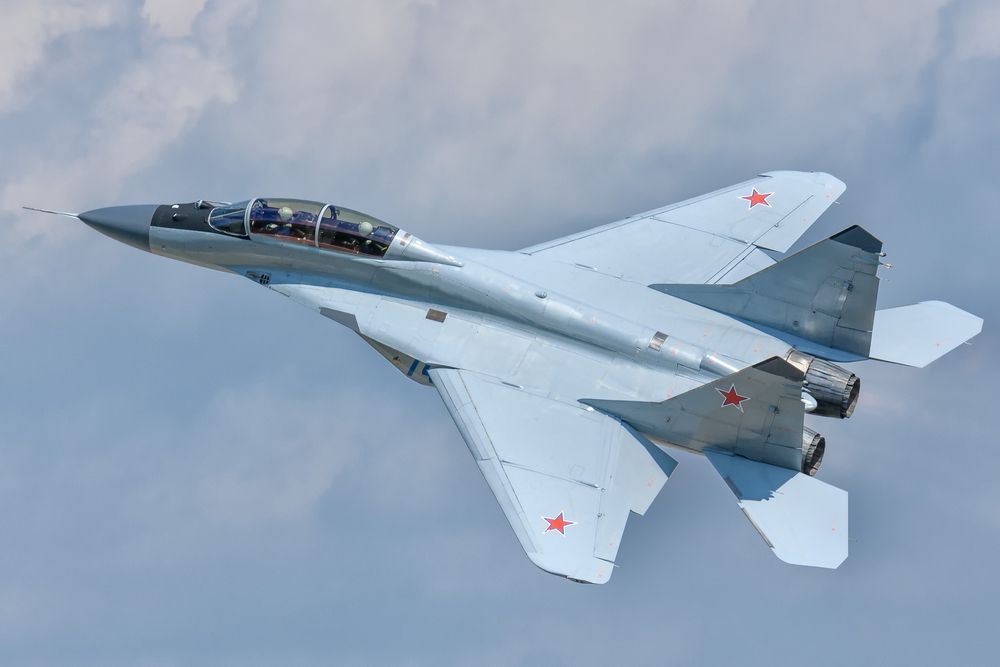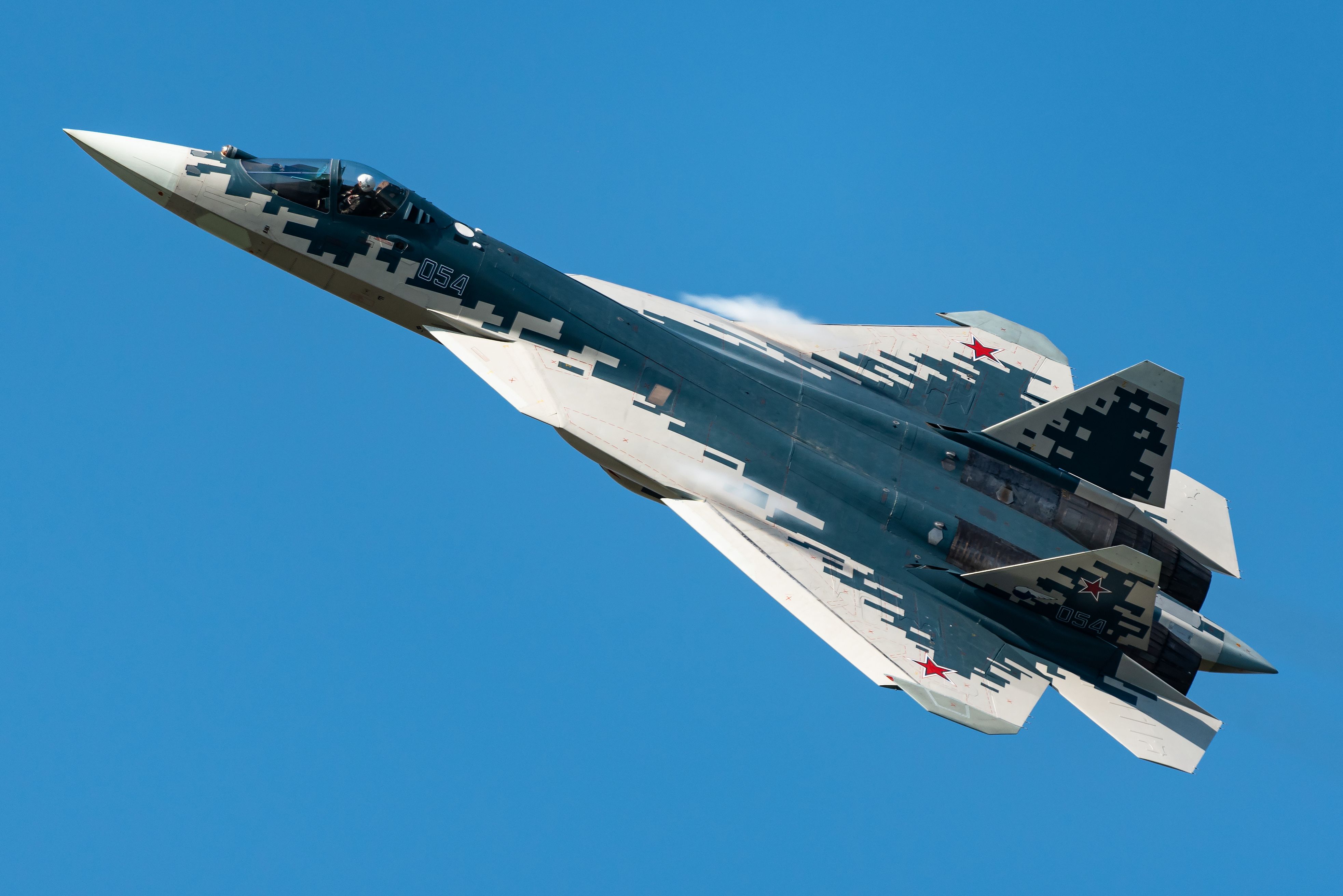Summary
- The MiG-35’s upgraded features from the MiG-29 haven’t attracted any buyers.
- Russia has only produced 6 MiG-35s for a show team with no additional orders.
- The Russian Air Force prefers focusing on the Su-30SM Flanker instead of the MiG-35.
The MiG-35 is an upgraded MiG-29 family fighter jet that Russia has marketed as a 4.5++ generation aircraft. It would seem no other country shared that assessment, as Russia failed to sell a single jet. Writing in 2020, the War Zone stated that Russia’s MiG-35 was “starting to look like a dead duck.” Four years on, there have not been any developments to challenge that assessment.
A show-fighter jet’s no-show
In 2018, the state-run Russian news channel Russia Today reported that the Russian Strizhi aerobatic team would be “one of the first to fly the new MiG-35 lightweight fighter jets.” Six years on, it looks like they may be the first and the last. It said, “In November (2017), some 30 nations were ready to upgrade their aging warplanes with new Russian multirole planes.”
It would seem that the only MiG-35s produced were the six procured for the Russian aerobatic team, Strizhi (Swifts). Since then, no MiG-35s have been ordered, orders for other Russian fighter jets have fallen off a cliff, and some countries (such as Egypt) have canceled their orders for Russian jets. In short, Russia’s once-commanding fighter jet export industry has all but collapsed in recent years.
It seems the only 6 MiG-35s ordered are literally for show (although they do have frontline combat tasking alongside their display work). In 2021, the Russian news outlet Top War reported, “The Russian aerobatic team “Strizhi” is transferred to the latest MiG-35 fighters. According to the group commander, Colonel Sergei Osyaykin, the group should receive the first fighter jet this year.”
TASS (another state-run Russian news outlet) reported in 2021 that the MiG-35s were at the “stage of state joint trials and a preliminary certificate has been obtained for launching the production of a pilot batch of the aircraft.” Defense Express stated the six jets were finally delivered to the Russian Air Force in October 2023.
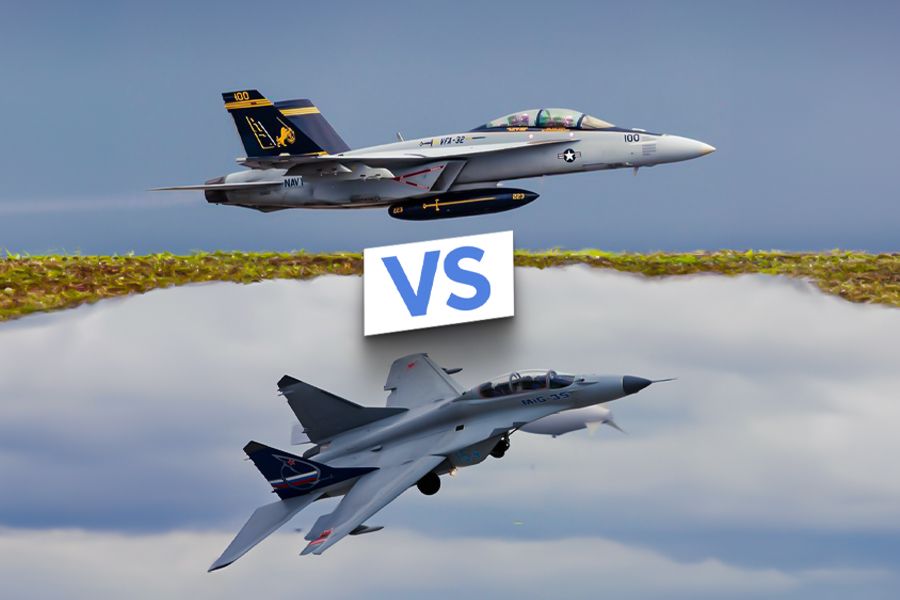
Related
Boeing F/A-18 Super Hornet Vs. Mikoyan MiG-35: How Do They Compare?
The highly successful Boeing F/A-18 Super Hornet and the limited production Mikoyan MiG-35.
A dead duck
The MiG-35 was slated for frontline squadron service around mid-2020. However, the jet was built for export and is not a jet the Russian Air Force is interested in buying (the Russian Air Force is focusing on the Flanker family). At one stage, there were ambitions to introduce the MiG-35 as the standard ‘lightweight’ fighter across the Russian Air Force. But that hasn’t happened. Instead, some squadrons have switched to the ‘heavyweight’ Su-30SM Flanker.
|
First flight: |
2016 |
|---|---|
|
Number ordered: |
6 (for aerobatic team) |
|
Number built: |
6 (plus two test aircraft) |
|
Successful exports: |
none |
|
Status: |
in service |
No country—not even the Russian Air Force — seems interested in another updated iteration of the 43-year-old Cold War-era design MiG-29. The War Zone states, “The MiG-35 is a far cry from the basic and strictly limited capability MiG-29.” While the cockpit, radar, sensors, and other features have been massively upgraded, it is still a MiG-29.
Photo: Arkady Zakharov l Shutterstock
Moscow initially placed an order for at least 30 aircraft, but that was later trimmed in August 2018 to just six aircraft for the show team. These were possibly ordered in the hope that export orders would follow (they did not).
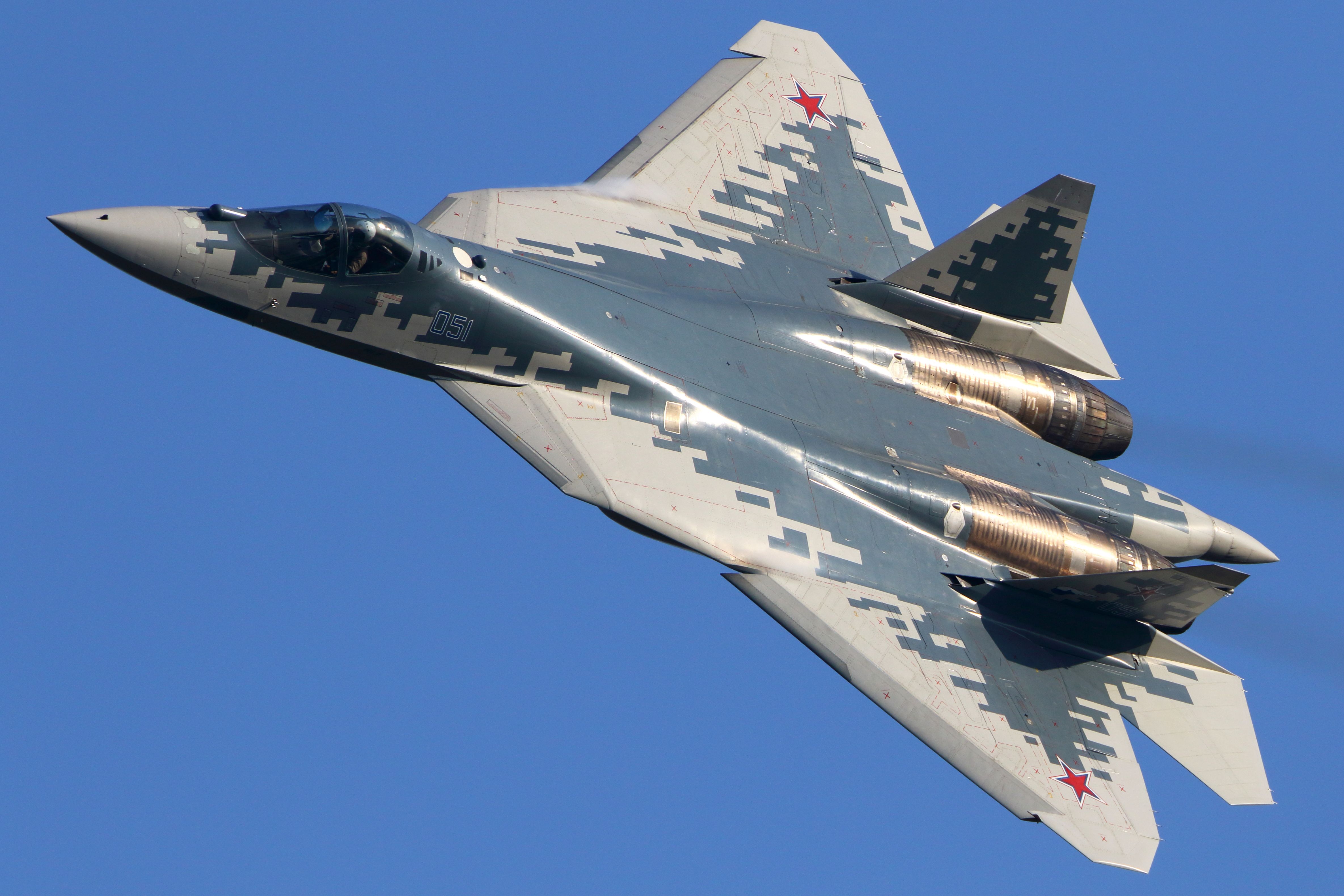
Related
The Top 5 Fighter Jets Used By The Russian Air Force
Some of these fighters have already been shot down in Ukraine.
Russia’s struggle to create new aircraft
Russia’s MiG-35 is an upgraded and rebranded MiG-29 Fulcrum and is a development of the MiG-29M/M2 and MiG-29K/KUB variants. In NATO reporting, it still bears much the same name, “Fulcrum-F,” as the MiG-29. It is common for Russia to change the number of upgraded legacy systems – perhaps as a measure to increase their marketing appeal or create the impression of having many types of jets.
|
MiG-35 specs |
|
|---|---|
|
Max speed: |
Mach 2.25 |
|
Empty weight: |
24,251 lbs |
|
Max take-off weight: |
54,013 lb |
|
Service ceiling: |
52,000 feet |
|
Power plant: |
2 × Klimov RD-33MK afterburning turbofan engines |
Another example is the Su-27 Flanker family, whose upgraded variants include the Su-30, Su-35, and Su-34. By contrast, when it comes to American fighter jet families, even jets as radically different as the F-16 Block 15 and F-16 Block 70 or F-15A and the F-15EX Strike Eagle preserve the family name.
Russian propaganda did its best to increase the hype surrounding the MiG-35, and Russian propaganda seems to have a fixation on laser weapons. Russia Today also reported in 2018, “Russia launched flight tests of the MiG-35 with a view to potentially using laser guns back in January 2017.”
Separately, the supposed Russian 6th-generation MiG-41 in development is sometimes reported to be only a year or two from flying and entering service. These claims often come with sci-fi-like claims that it will operate at the edge of space and carry space lasers. Other more level-headed sources note that the MiG-41 is at the pre-drawing board stage and is unlikely to enter service until the 2040s at the earliest.
Photo: BeAvPhoto | Shutterstock
The Russian Federation has struggled to introduce any completely new weapons systems since the collapse of the USSR. The T-14 tank has been a disaster, and Russia has fallen back on the old (but generally upgraded) Soviet models of tanks. With aircraft, the new Su-57 fifth-generation fighter has failed to attract any buyers (plus it’s still using the old Su-27 Flanker Saturn AL-31 engine).
As if The War Zones’ “dead duck” assessment of the MiG-35 in 2021 wasn’t bad enough, the National Interest went further in 2024, calling it on the “cusp of total fighter failure” and “mostly hype.”

